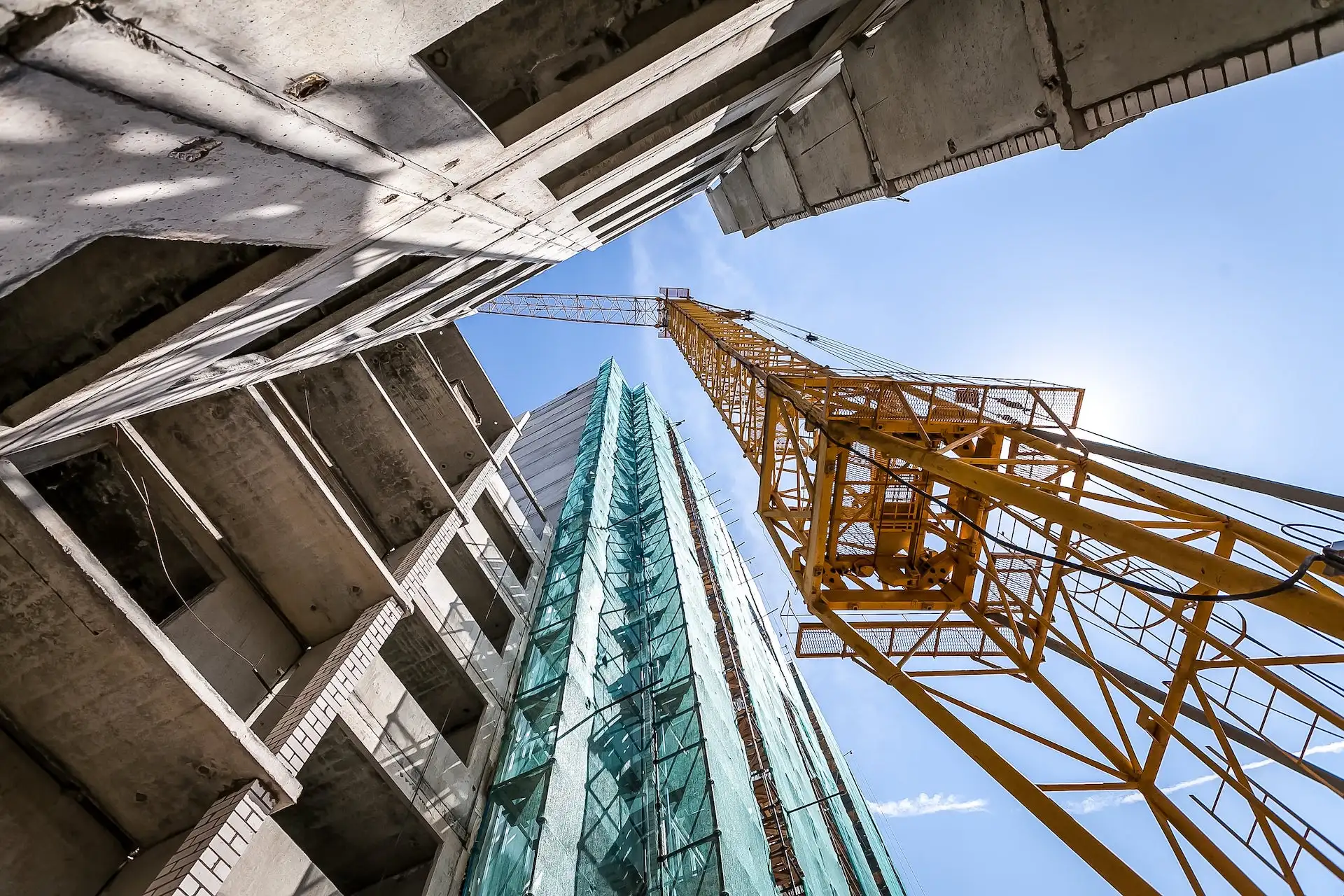
Executive Summary
The cement industry produces one of the most ubiquitous and necessary materials for the modern world but it comes with a significant carbon footprint. The scale and importance of decarbonising the industry that is responsible for 8% of global greenhouse gas emissions has gained recognition in recent years, yet there is much to be done to convert pledges into action.
With demand for cement set to increase and strict climate targets required to be met in the coming decades, we set out to provide a reference of the regulatory and commercial factors driving decarbonisation in the cement industry so that relevant stakeholders can examine the landscape and determine which levers of change could be further exploited in their context.
This paper dives into how global standards and regulations are changing the game, setting new, greener rules for cement production. Whether it’s global bodies pushing for new eco-friendly standards or the introduction of carbon taxes and trading schemes, the standards and regulatory landscape is exerting enormous pressure on the cement industry.
We explore the increasing customer demand for low-carbon cement products, both from construction companies and regulatory bodies, and highlight global initiatives like the First Movers Coalition and Concrete Zero initiative and new bodies such as the Alliance for Low Carbon Cement & Concrete. These are the crusaders in the quest for low-emission cement and concrete – whether that’s achieved through improving the process or the formulation – setting ambitious targets that are anything but set in stone. We also look at some of those leading by example with projects that have already embraced the low-carbon cement mantra, showing it’s not just about what’s being built, but what’s building it and the standards to which it must adhere.
Looking to the cement production process itself, we explore both established and emerging decarbonisation technologies. The current methods involve the use of substitute cementitious materials to replace clinker, alternative fuels to substitute fossil-derived fuels, and increasing energy efficiency through hardware and software
upgrades. Newer technologies such as carbon capture and storage, green hydrogen fuel and electrification through renewable electricity and electrolysis, as well as chemical or biological additives to cement mixes, are all in development to become commercially scalable solutions.
And we haven’t forgotten the real-world action by producers themselves, who are seeing increasing commercial advantage to decarbonising their processes and products. As these technologies can work to reduce the costs of production as well as improve the differentiation and reputation of cement producers by offering low-carbon solutions, there is an opportunity to innovate and become a major contributor to a market of green cement, for which there is increasing customer demand and encouragement by public procurement policies.
Finally, cement companies will need to look to various sources of capital and financing to cover the cost of plant upgrades and implementing decarbonisation technologies. Cement production is a huge, globally distributed business that requires huge investment. Fortunately, there are multiple options available, including increasingly popular Sustainability-linked Loans (SLLs) and Green bonds. National governments must also provide incentives in the form of tax breaks, grants, and low-interest loans to further enhance the widespread adoption of green technologies.
There is conflicting information on the cement industry’s progress in reducing their emissions with some sources indicating a reduction in emissions by up to a fifth since 1990 and others reporting a doubling of emissions in the same time frame. However, there is no doubt that the industry needs to reduce its emissions to be on track for Net Zero by 2050, with the IEA stating a reduction in carbon emissions by 4% each year through to 2030 is required.
Within this context, “Levers of Change’’ outlines how everyone involved in the highly complex cement ecosystem can be even more ambitious about how to decarbonise the industry.
How can we all lay the right foundations (pun intended) for a cement sector that’s as robust in sustainability as it is in structure?

